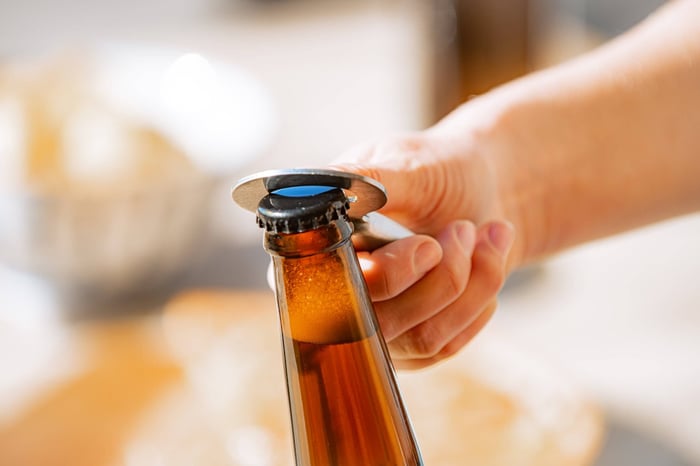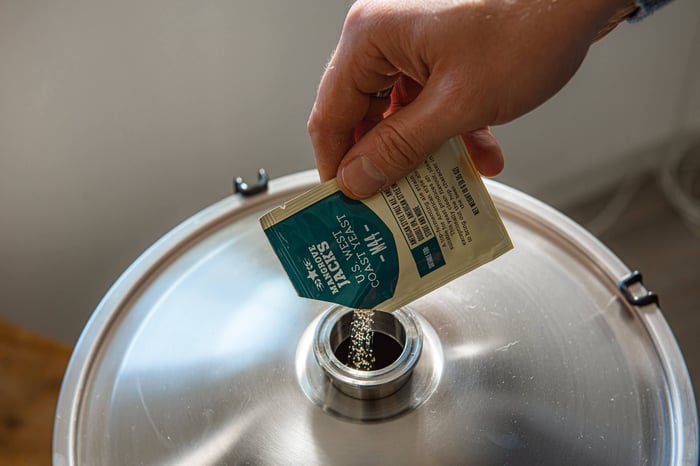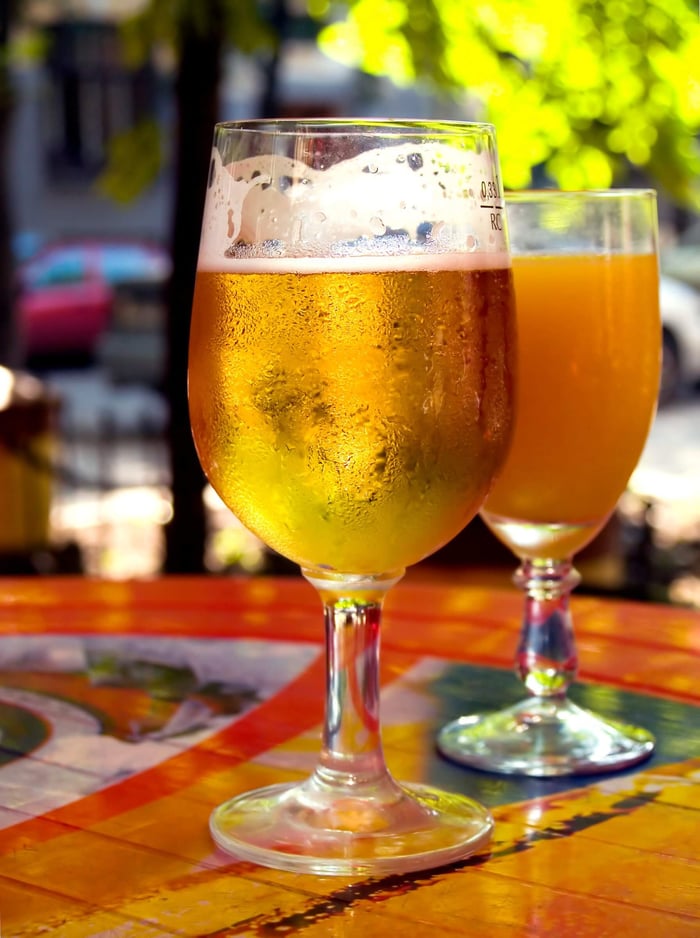Bottling day – that moment when your carefully crafted wort finally transforms into something you can actually share with mates. Whether you're brewing traditional German lagers or experimenting with Belgian-inspired ales, proper bottling technique can make the difference between a good beer and an absolutely brilliant one.
Let's explore the art and science of bottling, from selecting the right containers to achieving that perfect level of carbonation that'll have your friends asking for the recipe.
What Type of Bottles Should You Choose?
The container you choose affects everything from carbonation consistency to shelf life. Here's how to think through your options:
Plastic Bottles: Simple and Practical - Repurposing plastic drinks bottles is often where European homebrewers start their journey. They're designed for carbonated beverages, widely available, and the labels come off without much fuss. The main limitation? Light exposure can cause off-flavours, particularly in hop-forward beers. Store them somewhere dark and you'll avoid this issue entirely.
Glass Bottles: The Traditional Choice - Reusing bottles from your favourite brewery visits? Brilliant idea, especially if you can get brown glass. The protection against light damage is significantly better than clear alternatives.
Check each bottle thoroughly – any chips or scratches mean it's destined for the recycling bin, not your beer. European breweries often use slightly different bottle shapes, so you might end up with quite a collection of varying sizes.
New Bottles: Consistency and Control - When you're ready to invest, your local homebrew supplier offers several routes. Traditional crown-cap bottles give you that authentic brewery look, whilst swing-top bottles eliminate the need for caps altogether – just clean, fill, and seal.
With PET bottles, there's a practical advantage worth mentioning: you can gauge carbonation progress by feel. Fresh-filled bottles compress easily under gentle pressure, but fully carbonated ones become firm and resist compression completely.
Understanding Bottle Conditioning
Bottle conditioning is essentially controlled secondary fermentation. You're providing just enough fermentable sugar for the remaining yeast to produce the CO₂ needed for proper carbonation.
Using Carbonation Drops - This approach couldn't be more straightforward. Fill bottles directly from your fermenter, add one sugar drop per 330ml bottle, cap, and wait. It's consistent, quick, and removes guesswork – perfect when you're brewing multiple styles simultaneously.
Calculating Priming Sugar Amounts - For precise control, calculating your own priming sugar gives you flexibility to match traditional European carbonation levels:
- British Bitters: 1.5-2.0 volumes CO₂
- German Lagers: 2.4-2.6 volumes CO₂
- Belgian Ales: 2.0-2.8 volumes CO₂
- Wheat Beers: 3.0-4.0 volumes CO₂
Preparing Your Priming Solution - Dissolve your calculated sugar quantity in approximately 475ml of boiling water – this sterilises everything whilst creating your solution. Allow it to cool to match your beer's temperature before use.
You can either transfer this to a bottling vessel and siphon your beer on top, or add it directly to your fermenter with gentle stirring.
Essential Bottling Techniques
Maintaining Sanitary Conditions - Every surface that contacts your beer must be properly sanitised. This includes bottles, caps, transfer equipment, and any vessels you're using. European homebrewers have access to excellent no-rinse sanitisers that make this process efficient without compromising effectiveness.
Create a systematic approach:
- Clean bottles thoroughly after emptying
- Sanitise everything on bottling day
- Keep sanitised equipment covered until needed
- Work methodically to avoid recontamination
Confirming Fermentation Completion - Never bottle beer that's still actively fermenting. Your hydrometer readings should remain stable for at least two consecutive days. This patience prevents over-carbonation problems that could result in dangerous bottle failures.
The Dishwasher Method - European dishwashers typically run quite hot cycles, making them excellent bottle sanitisers. Run an empty cycle with detergent to clean the machine, then load your bottles and run without detergent. The sustained high temperature effectively sanitises your bottles.
Troubleshooting Common Issues - Sometimes a bottle will over-carbonate and foam excessively when opened. Test another bottle before assuming there's a batch-wide problem. Often it's isolated to one or two bottles with contamination issues.
If multiple bottles show problems, don't discard them immediately. Set them aside for extended aging – sometimes wild fermentation creates complex, interesting flavour profiles that improve dramatically over months.
Temperature and Timing Considerations
European seasonal variations affect conditioning significantly. Summer temperatures accelerate the process, whilst winter conditions slow it down. Generally, allow 2-3 weeks at fermentation temperature before moving bottles to cooler storage.
Glass bottles show conditioning completion through sediment formation at the bottom. With PET bottles, the firmness test we mentioned earlier provides immediate feedback about carbonation progress.
Final Thoughts on Bottling Success
Bottling represents the final creative step in your brewing process. Whether you're producing traditional European styles or developing your own signature recipes, proper technique ensures your efforts shine through in every glass.
The key principles remain universal: maintain cleanliness, verify fermentation completion, and allow adequate conditioning time. Your patience during this final stage pays dividends in quality and consistency.
Ready to take your brewing to the next level? Check out our complete Brewing 101 series for more insights from fellow brewers who've been exactly where you are now.
Questions about your bottling process? Contact us – we're always happy to help fellow brewers perfect their craft.
L'équipe du Grainfather










